Stellantis Patents Advanced Transmission Fluid Drainage System
New Method Uses An Electric Pump For Efficient Fluid Replacement
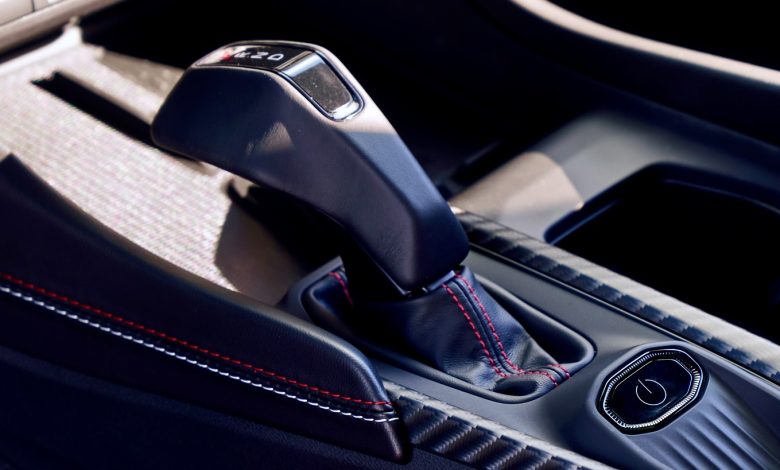
Stellantis has been granted a patent by the United States Patent and Trademark Office (USPTO) for an improved method of draining and replacing transmission fluid in automatic transmissions. The patent, officially issued on January 28, 2025, introduces a system that utilizes an electrically powered auxiliary oil pump to enhance traditional gravity-based drainage, ensuring a more thorough flush while eliminating the need to run the engine during servicing.
Transmission System –

The system incorporates an automatic transmission that transfers power from an engine to the drive axle(s). This transmission consists of a torque converter, gearbox, and an electro-hydraulic control system. A transmission control module manages gear shifts by directing transmission fluid to engage or disengage clutches. Transmission fluid serves a critical role in lubricating internal components and maintaining hydraulic pressure. The transmission system includes both a mechanically driven oil pump and an auxiliary oil pump powered by an electric motor. This auxiliary pump enables fluid circulation even when the engine is off, providing greater flexibility in servicing operations.
Power Flushing Method –

The patented method involves several key steps. First, a service technician uses a service computer to enable an oil drain or flush service. The drain plug is then removed, and the drain hole is opened. The transmission control module subsequently commands the auxiliary oil pump to activate, circulating, and expelling old transmission fluid through the drain hole. The system determines when the fluid has been sufficiently drained using multiple evaluation methods, including:
- Monitoring a hydraulic solenoid that detects fluid flow changes.
- Tracking the pump’s runtime against a pre-set time threshold.
- Measuring the volume of drained fluid.
- Observing changes in pump load as reduced fluid increases efficiency.
- Technician verification of minimal fluid exiting the drain hole.
Once drainage is complete, the auxiliary pump is deactivated, ensuring an optimized and efficient fluid replacement process.
Applications & Advantages –
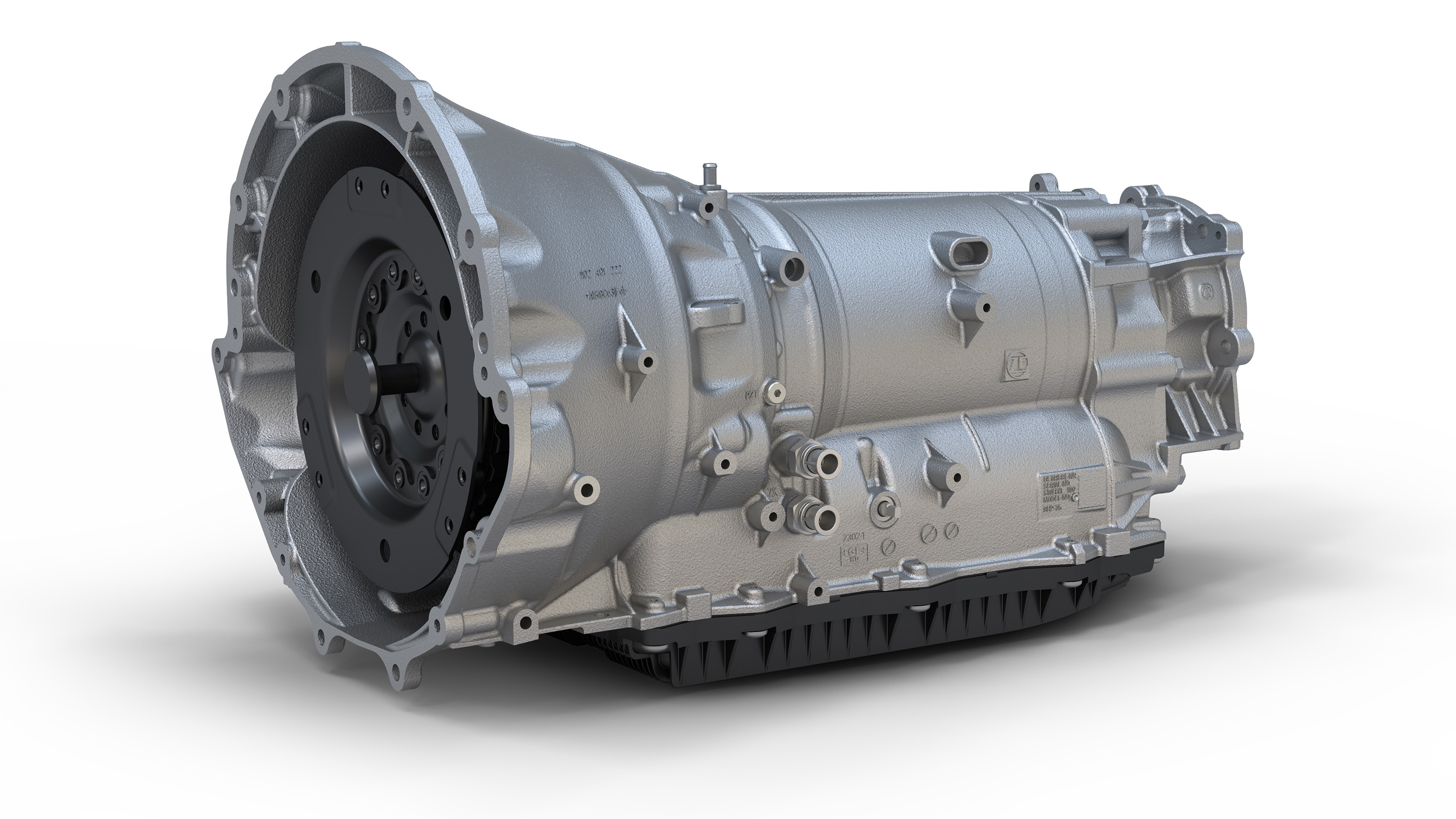
This patented technology provides multiple benefits:
- Ensures a more complete fluid change compared to traditional gravity-based methods.
- Actively flushes out debris, reducing contamination risks.
- Improves safety by allowing the process to be performed without running the engine.
- Enhances efficiency by reducing labor time and reliance on external equipment.
- Can be adapted to other hydraulic systems beyond automatic transmissions.
By securing this patent, Stellantis reinforces its commitment to innovation in vehicle maintenance, offering a non-intrusive and highly efficient approach to servicing automatic transmissions. This advancement optimizes vehicle performance while streamlining maintenance procedures.
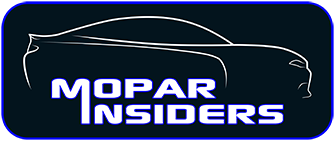


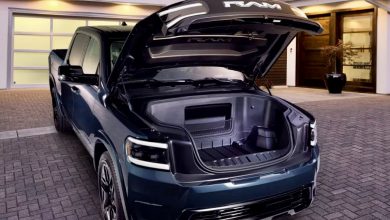
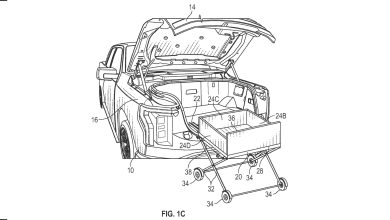

No replies yet
Loading new replies...
Join the full discussion at the Mopar Insiders Forum →